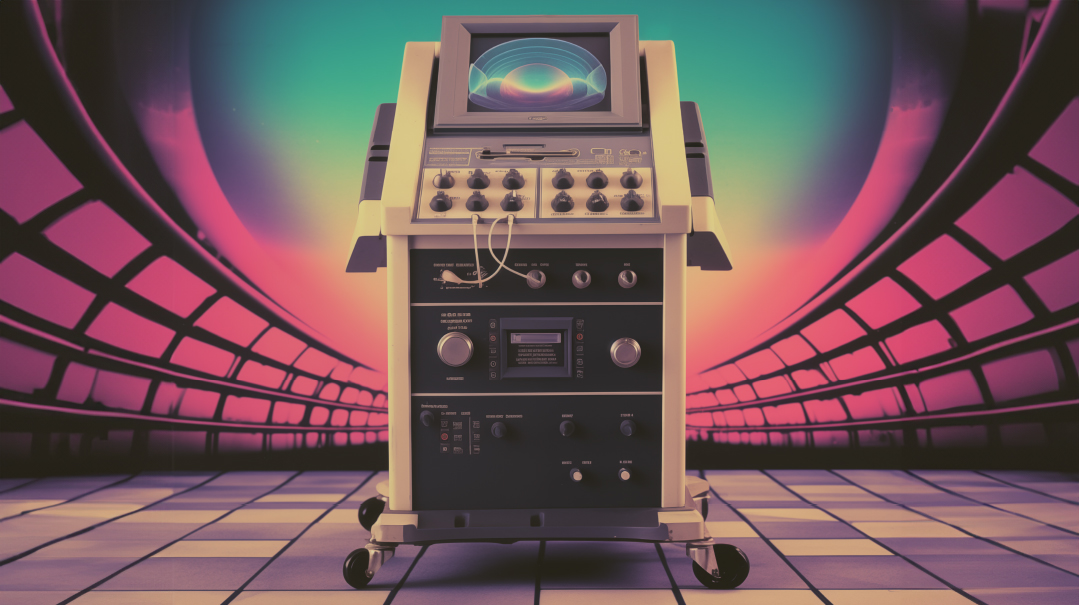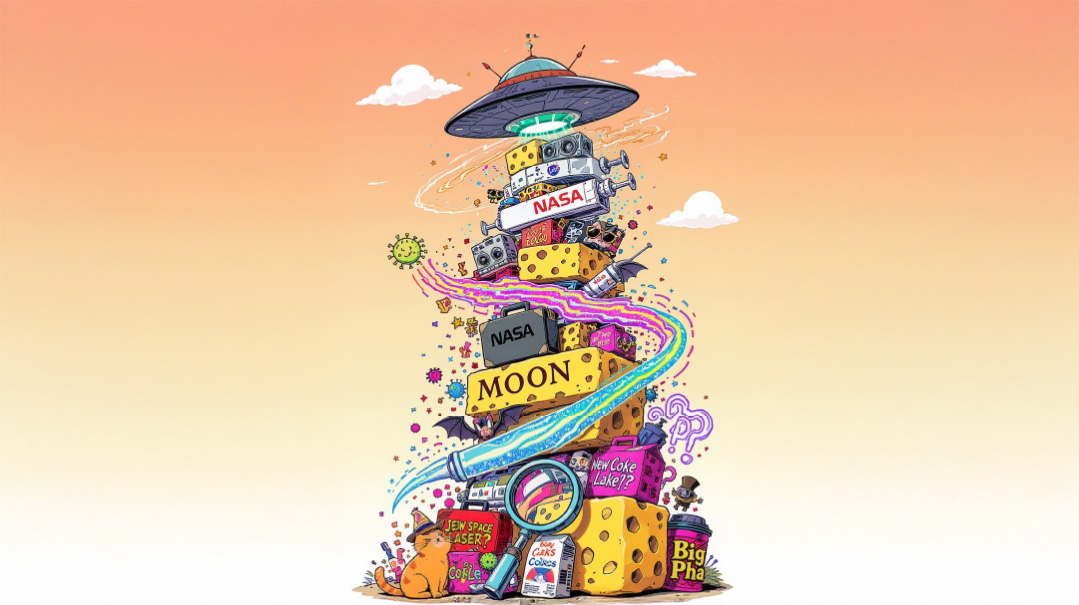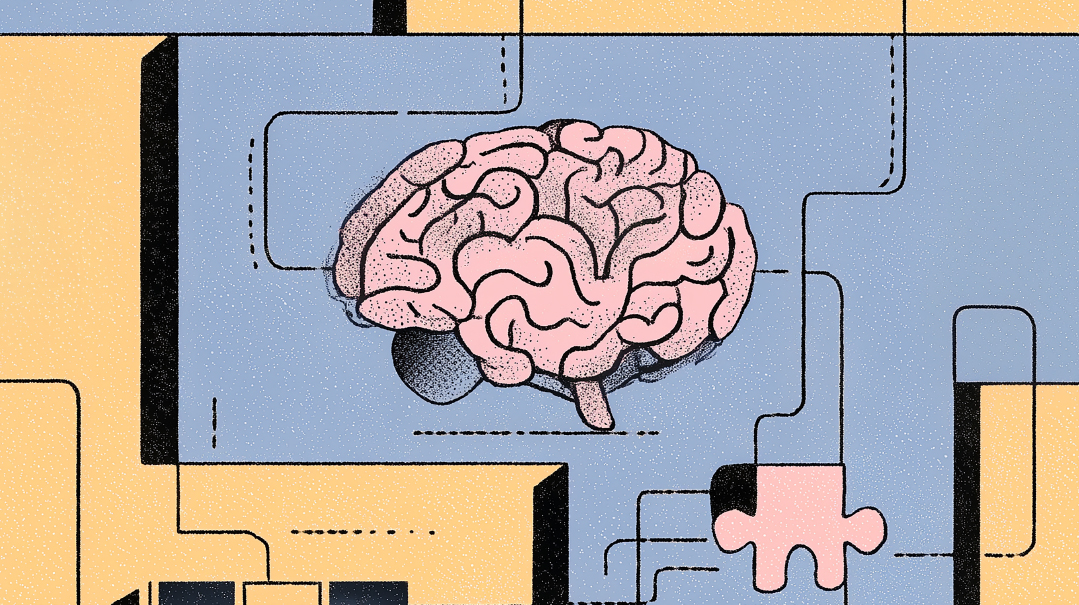Picture Perfect?
| January 2, 2024How the ultrasound made it to the big screen in medicine

Bashie Lisker with Yonah Chatzinoff
Ultrasounds have gone from shipyard tool to medical standard. But when it comes to using them for prenatal care, there’s still some societal skepticism. Why is that? A look at the story behind the screen
G
ila was expecting twins in an otherwise uneventful pregnancy. At 27 weeks, though, the ultrasound technician had a stricken look; the conversation that followed with her obstetrician was even more unsettling, with her doctor gently telling her that one of the babies was unlikely to survive. While in turmoil, Gila sought guidance from a mentor, and got even more confusing information. “Ultrasounds aren’t the be-all-end-all,” she was told.
Gila’s mentor had a family member who, 20 years before, had been through a similar situation. The mother was told that one of her twins had no heartbeat. But the ultrasounds were wrong. Two healthy babies were born, and the mother had spent months of her pregnancy in painful grief for nothing.
“You can’t rely on a miracle, but don’t lose hope completely,” Gila was told. Looking back, she isn’t sure if it was the right or wrong thing to hear. The distressing prognosis was an incredibly difficult burden to carry through the third trimester — visiting the doctor, hearing the dire warnings each time — and that sliver of hope left her simultaneously encouraged and devastated. Could it be just a question of emunah? At what point was she relying on a miracle? Should she be preparing herself for the worst? Again and again, Gila found herself wondering: Could she really rely on those grainy images on the screen?
Gila’s mentor is not the first to cast doubt on the effectiveness or accuracy of the ubiquitous ultrasound.
Ultrasound imaging has come a long way since the false-alarm story Gila’s mentor had experienced. But rumors about its accuracy still persist, leading some women who otherwise embrace first-class medical care to feel apprehensive or distrustful of, or even avoid prenatal ultrasound screenings.
Perhaps it has to do with the ultrasound’s historical lack of reliability.
To put it simply, ultrasounds use sound waves to show a picture — the sonogram. The very first ultrasounds were used in shipyards and industrial factories. Researchers sometimes used ultrasounds to analyze the human body, though the subjects had to be put into a pool of water to get a decent picture. A huge breakthrough came in 1955, when Dr. Ian Donald took the ultrasound machine at a patient’s workplace — used to find flaws in metal welding — and used it first on human tissue and then on a piece of steak to test if it could read the differences. It passed with flying colors.
From there, he developed an ultrasound that would work with a sensor pressed against the abdomen through a layer of olive oil. Messy, but effective, and it changed pregnancy health forever. Pat Anusas, a midwife who witnessed an early pregnancy ultrasound in the 1960s, talks about watching her first scan, as quoted in Smithsonian Magazine (Winick and Fisher, 2021). “I still to this day can’t believe what I saw… didn’t know if it was going to work or not — but it did work. And both the mother and I were so excited — she couldn’t believe she could see her baby.”
Oops! We could not locate your form.







